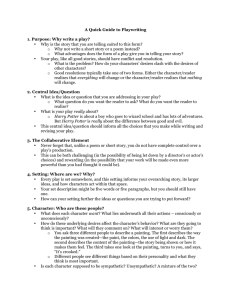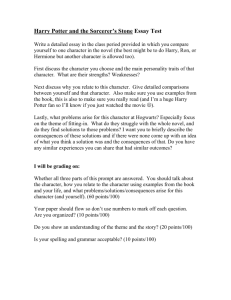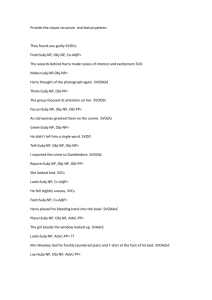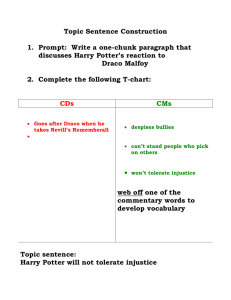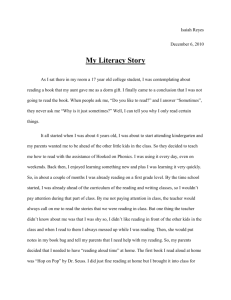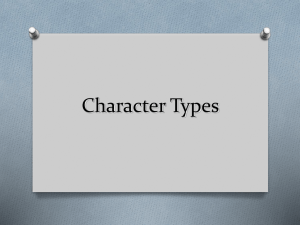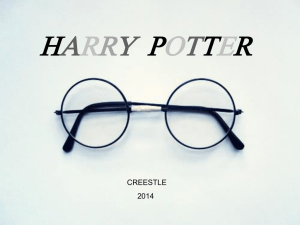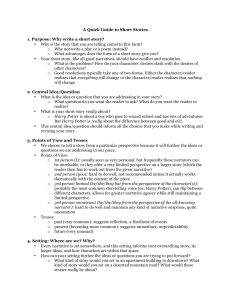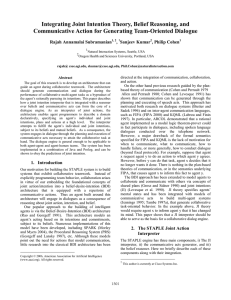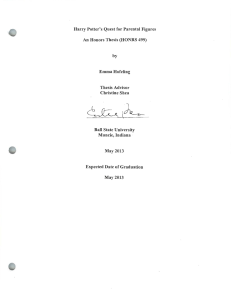Fahrenheit 451 introduction by Neil Gaiman
advertisement
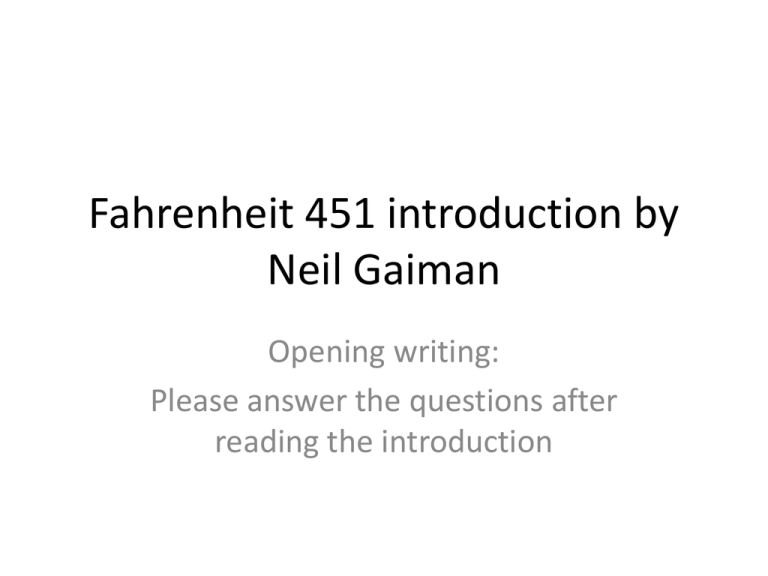
Fahrenheit 451 introduction by Neil Gaiman Opening writing: Please answer the questions after reading the introduction Opening Writing In the fist pages of the introduction, Gaiman lays out three primary questions for speculative fiction: What if…, If only…, and If this goes on… When you ponder our technological state of affairs, and how we deal with each other, even cultural trends, what do you see? Spend a paragraph describing an “If this goes on…” Analyzing an Author’s Style Part 2 of 3 • Use of Dialogue: • How often does dialogue tell the story? • Do we see the whole conversation or just fragments? • Does the conversation appear natural or contrived? • Does the dialogue give a sense of the unsaid? • How much does it substitute for narration? ________________________________________ Think for a moment about the use of dialogue in The Crucible. What was its role? Compare that to “The Pedestrian.” Analyzing an Author’s Style Part 2 of 3 • Point of View – Types • First (“I”), Second (“You”), Third (“Montag”), • Omniscient – Reader sees several characters’ thoughts • Limited Omniscient – Reader sees one character’s thoughts Point of View • Third Person Limited Omniscient: One of the classic third person limited narratives is the Harry Potter series, and Rowling strays from Harry's perspective in only a tiny few rare instances. She therefore had to bend over backwards to filter everything the reader needed to know about that world through Harry's view. If Harry can't see it? It doesn't happen for the reader. Point of View • Think about how Harry Potter would be different between first and third person: First person HP: This is what I did. This is what I saw. This is what I know. • The camera is in HP’s head like a GoPro or COD VS Third Person HP: This is what Harry did, saw, and thought. • The cameral watches HP. If he does not see it the reader does not know about it. Analyzing an Author’s Style Part 2 of 3 Character Development • • • • How does the author introduce characters? How do we see their evolution in the story? What is their function and motivation? Are they full/round, stock, stereotypes, or caricatures? Let’s stick with Harry Potter • How is Dumbledore introduced? (Yes, you can just us the movie.) • In what ways does he change during the entire series? • What is his role to the text and in relation to the protagonist? • Is he full/round, stock, et cetera? Our Application Next time will apply these terms to chapter one. As you read 55-67, pay attention to dialogue, point of view, and character development.
